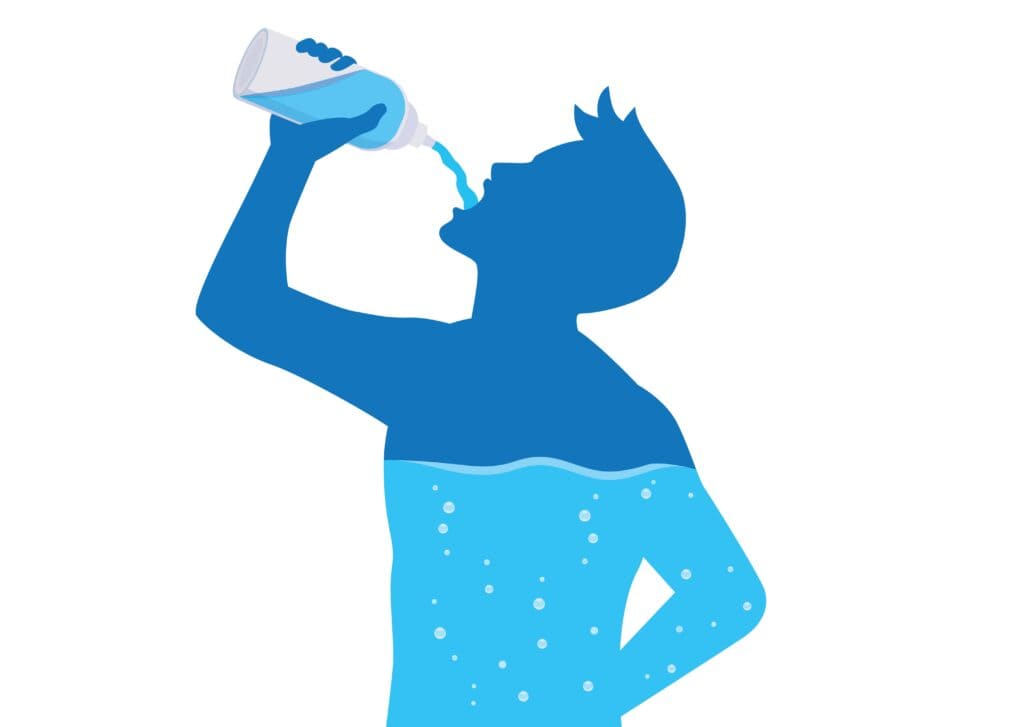Water Fasting: Benefits, Risks and How to Do It

Have you ever considered hitting the reset button on your health and well-being? Water fasting, an ancient practice witnessing a modern renaissance, might just be the approach you’re looking for. This engaging exploration into water fasting will shed light on its benefits, risks, and practical ways to undertake this journey safely and effectively.
What is Water Fasting?
Water fasting is a type of fast that involves consuming water only, with no intake of food or other liquids for a given period—typically ranging from 24 hours to several days. This practice has roots in many cultural, spiritual, and health traditions and is often used to purify the body and mind.
Exploring the Benefits
Before diving into water fasting, let’s understand why someone might choose to embark on this challenging journey. Here are some of the key benefits reported by fasting enthusiasts and researched by scientists:
Physical Health Benefits
-
Detoxification: One of the most significant claimed benefits of water fasting is detoxification. Fasting helps your body “reset” its digestive system and flush out toxins accumulated in organs like the liver and kidneys.
-
Weight Loss: Perhaps the most common incentive is weight loss. During a water fast, your body turns to stored fats for energy, leading to rapid weight loss.
-
Improved Metabolic Health: Studies suggest that fasting can improve metabolic health by enhancing insulin sensitivity, reducing inflammation, and lowering blood sugar levels.
Mental and Emotional Benefits
-
Increased Focus and Clarity: Many fasters report feeling more mentally clear and emotionally balanced.
-
Stress Reduction: The simplicity of fasting can lead to a significant reduction in stress levels as you take a break from the daily decisions and complexities related Porti ng food.
Spiritual and Psychological Growth
-
Simplicity and Self-Discipline: Engaging in water fasting requires a great deal of self-control and offers a unique way to practice simplicity.
-
Mindfulness and Presence: By removing the constant thought of food, many find that they live more in the present moment.
Understanding the Risks
While water fasting can provide numerous benefits, it’s not without risks, especially if done improperly or without adequate preparation.
Potential Health Risks
-
Nutrient Deficiencies: Extended periods of fasting without food can lead to deficiencies in essential nutrients, affecting overall health.
-
Electrolyte Imbalance: Without food intake, your body might lack electrolytes, which are vital for heart and nerve function.
-
Muscle Loss: There is potential for muscle loss, especially if the fast is prolonged and physical activity is maintained without nutritional support.
Who Should Avoid Water Fasting?
-
Pregnant or nursing women.
-
Individuals with a history of eating disorders.
-
Those with certain medical conditions like diabetes, heart diseases, or kidney issues.
-
Individuals on medication that requires food intake.
It is highly recommended to consult a healthcare provider before starting any form of fasting, especially water fasting.
How to Prepare for a Water Fast
Approaching water fasting with caution and preparation is key to harnessing its benefits while minimizing risks. Here’s how you can prepare:
Before the Fast
-
Consult with a Healthcare Provider: This step is crucial to ensure that water fasting is safe for you.
-
Gradual Transition: Ease into fasting by gradually reducing food intake and avoiding high-fat, sugary, or heavily processed foods.
-
**Hydration: Ensure you are well-hydrated before beginning the fast.
During the Fast
-
Monitor Your Body: Listen to your body throughout the fasting period. If you experience severe symptoms like dizziness, excessive weakness, or confusion, consider ending the fast.
-
Stay Hydrated: Drink enough water. The amount can vary based on individual needs, but generally, 2-3 liters per day is recommended.
-
Rest and Relax: Reduce physical activity and stress as much as possible. Your body is working hard internally and can use the extra energy for healing.
Breaking the Fast
-
Start Light: When it’s time to end your fast, reintroduce foods gradually. Start with small portions of easily digestible foods such as soups, broths, fruits, and vegetables.
-
Observe Reactions: Pay attention to how your body reacts as you reintroduce different foods.
Conclusion
Water fasting is not a one-size-fits-all solution, nor is it a magic bullet for health problems. It’s a personal journey that can lead to profound physical, mental, and emotional benefits when done wisely and safely. Whether you’re looking to reset your body, enhance mental clarity, or explore a new challenge, water fasting offers a pathway—but it’s one that should be walked with caution and respect for the limits of your own body.
Always remember the importance of doing thorough research and consulting healthcare professionals before engaging in any form of fasting. Your health journey is unique, and while water fasting can be a powerful tool, it’s most effective when tailored to your individual needs.
So, are you ready to explore the transformative experience of water fasting?